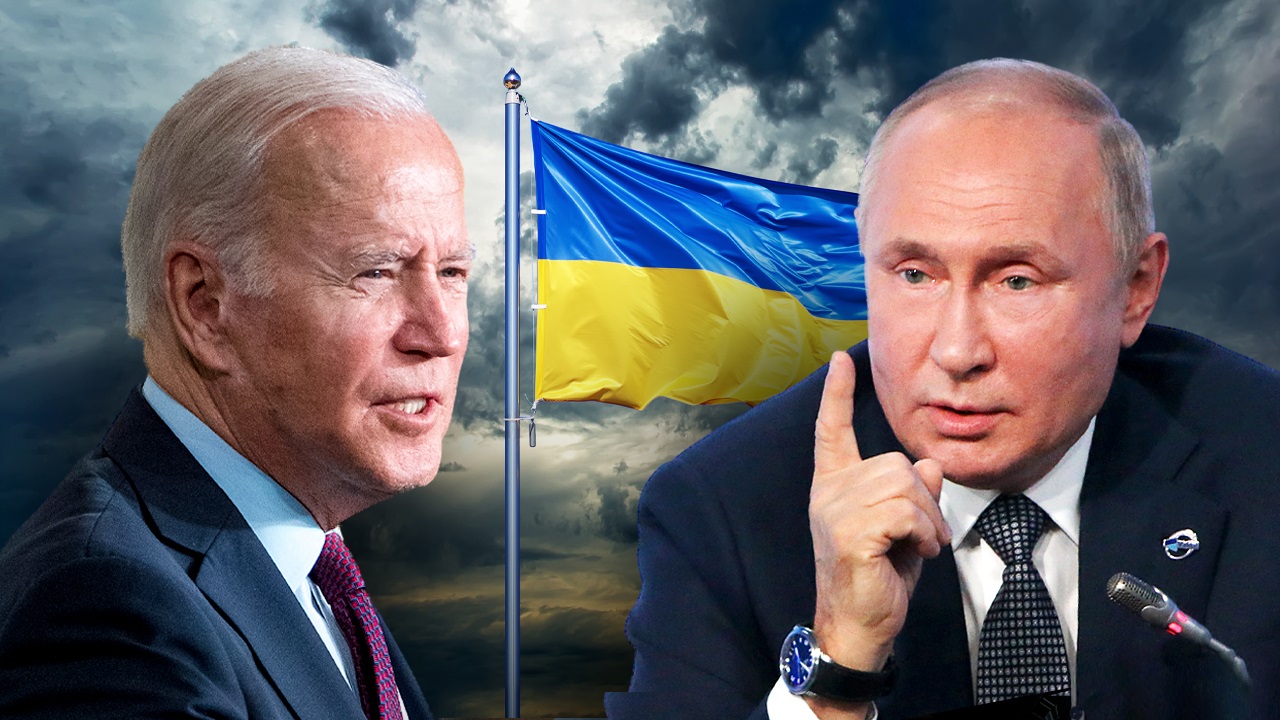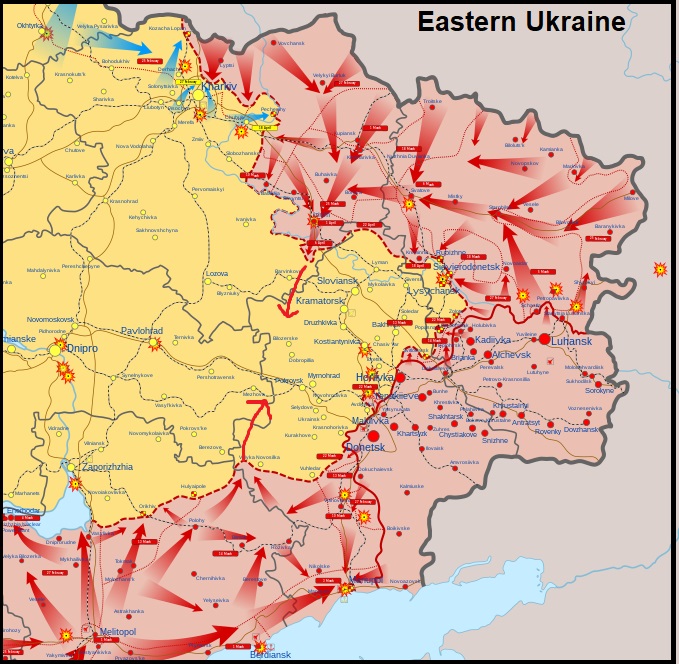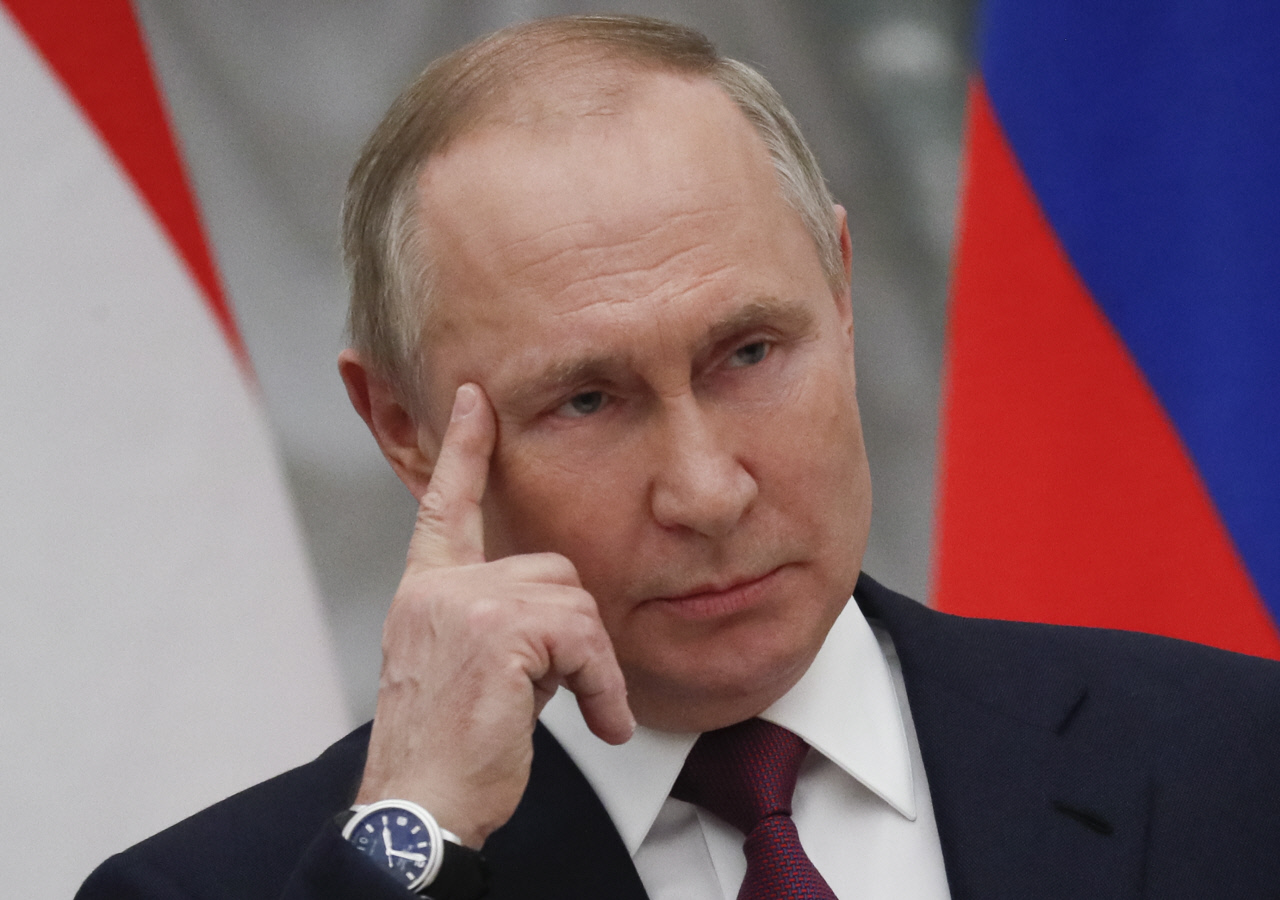A Very Dangerous Time Inside Ukraine as U.S. Officials Admit CIA and Pentagon Conducting Proxy War Effort from Kyiv
We must always keep focus on the context for information that comes from the U.S. State Dept and the Central Intelligence Agency to the media. Yesterday, as Joe Biden was en route to the G7 summit in the Bavarian Alps, the New York Times published an article saying the CIA and Pentagon special forces are organizing and conducting the NATO war effort from a secret operation center in Kyiv.
Some viewed the article as the NYT violating operational security for the U.S. led effort. However, that perspective belies the nature of how the media is used in war by Dept of State and intelligence officials. The details of the Times article are attributed to “three U.S. officials,” and should be looked upon as purposeful.

In addition to the timing of Biden headed to the G7, the admission of CIA officials conducting the war effort from inside Ukraine, comes as NATO partner country Lithuania hints at Russia that prior transit treaties to the Russian enclave of Kaliningrad might not be honored for long. NATO is poking and provoking a response from Russia, the Times article is part of this effort.
New York Times – … [E]ven as the Biden administration has declared it will not deploy American troops to Ukraine, some C.I.A. personnel have continued to operate in the country secretly, mostly in the capital, Kyiv, directing much of the vast amounts of intelligence the United States is sharing with Ukrainian forces, according to current and former officials.
At the same time, a few dozen commandos from other NATO countries, including Britain, France, Canada and Lithuania, also have been working inside Ukraine. The United States withdrew its own 150 military instructors before the war began in February, but commandos from these allies either remained or have gone in and out of the country since then, training and advising Ukrainian troops and providing an on-the-ground conduit for weapons and other aid, three U.S. officials said.
Few other details have emerged about what the C.I.A. personnel or the commandos are doing, but their presence in the country — on top of the diplomatic staff members who returned after Russia gave up its siege of Kyiv — hints at the scale of the secretive effort to assist Ukraine that is underway and the risks that Washington and its allies are taking.
[…] The commandos are not on the front lines with Ukrainian troops and instead advise from headquarters in other parts of the country or remotely by encrypted communications, according to American and other Western officials, who spoke on the condition of anonymity to discuss operational matters. But the signs of their stealthy logistics, training and intelligence support are tangible on the battlefield.
Several lower-level Ukrainian commanders recently expressed appreciation to the United States for intelligence gleaned from satellite imagery, which they can call up on tablet computers provided by the allies. The tablets run a battlefield mapping app that the Ukrainians use to target and attack Russian troops. (read more)
Regardless of debatable opinion on the Russian special military operation in eastern Ukraine, there are multiple motives for NATO and western government to escalate the proxy war against Vladimir Putin.
 The proxy war in Ukraine provides a cover justification for the economic consequences driven by western government COVID-19 spending and policy. We are seeing Russia being blamed for oil shortages, an EU energy crisis, U.S. gasoline prices, global food and fertilizer shortages, as well as global inflation overall.
The proxy war in Ukraine provides a cover justification for the economic consequences driven by western government COVID-19 spending and policy. We are seeing Russia being blamed for oil shortages, an EU energy crisis, U.S. gasoline prices, global food and fertilizer shortages, as well as global inflation overall.
While there is some latter causation in EU energy disruption related to the Ukraine war, the blaming of Putin is wildly disproportionate to the actual impact from the Russian operation; not to mention disconnected from the reality of those economic consequences surfacing long before the February 24th Russian incursion began.
Factually, it is the NATO and Western sanctions against Russia that have contributed to the Ukraine impact on the global economy. Russia has no issue selling oil, gas and food related products to the global market. It is the sanctions that forbid the sales and created the fracture in global trade now impacting the EU and to a lesser extent the U.S.
All of that said, consider the position of Vladimir Putin now as the U.S. openly admits to conducting military operations against Russia from inside Ukraine while NATO allies like Lithuania announce blockades against products to and from Russian civilians in Kaliningrad.
Putin knows the U.S-led NATO alliance would like nothing more than to invoke article 5 of the NATO treaty if Russia takes any hostile action toward a NATO country. The Russian president is likely not going to fall for any bait that can be placed in front of him. However, that doesn’t mean Vladimir Putin does not have options to strike back against increased provocation.
Russia can strike any region inside Ukraine, including any area they previously did not have as a target, without changing the dynamic of current hostilities. This puts the capital city of Kyiv in a precarious place, especially given the pronouncements by U.S. officials that CIA and Pentagon operators are working to fight Putin’s forces from inside Kyiv. Again, a pronouncement that could be looked upon as intentionally publicized in order to provoke such a move.
Russia can also shut down the remaining pipelines out of Russia and sell oil and natural gas, albeit at higher prices, to non-western countries (India, China, etc).
As the ongoing successful effort in eastern continues, Russia has options to ignore NATO’s desire to expand the conflict or he could target very strategic operation centers in Western Ukraine that are being used as bait by U.S. officials promoting their antagonism through the New York Times.





Post a Comment